
Dlouhý pruh látky, který stahuje svinutý svitek Tóry, když se z něj nečte.

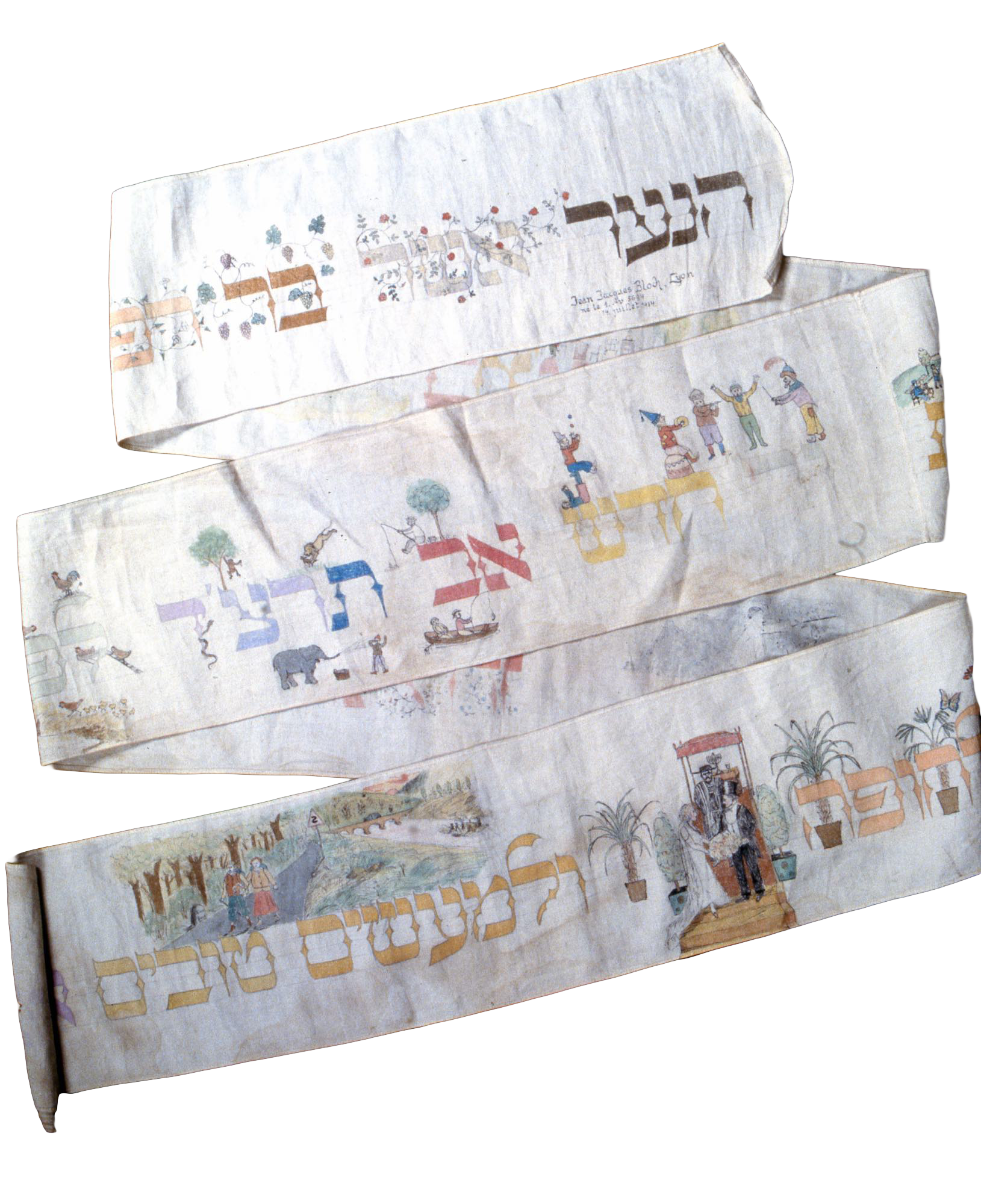
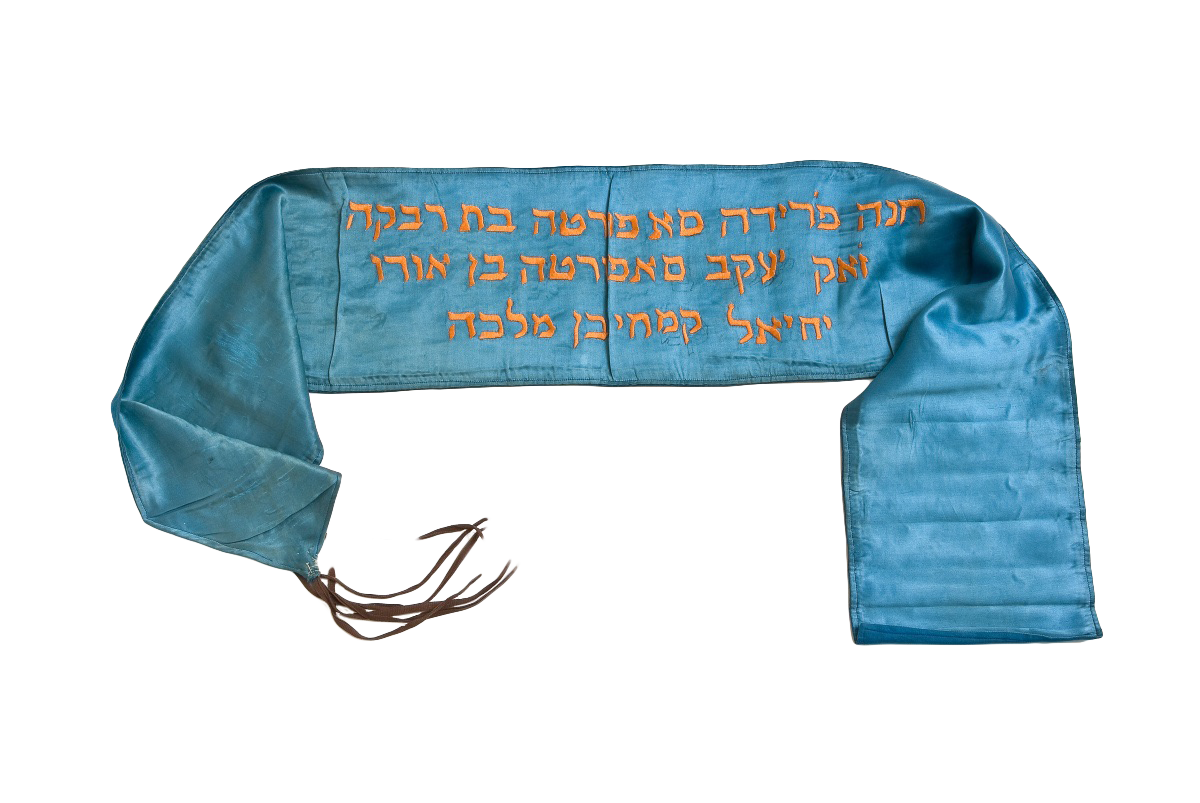
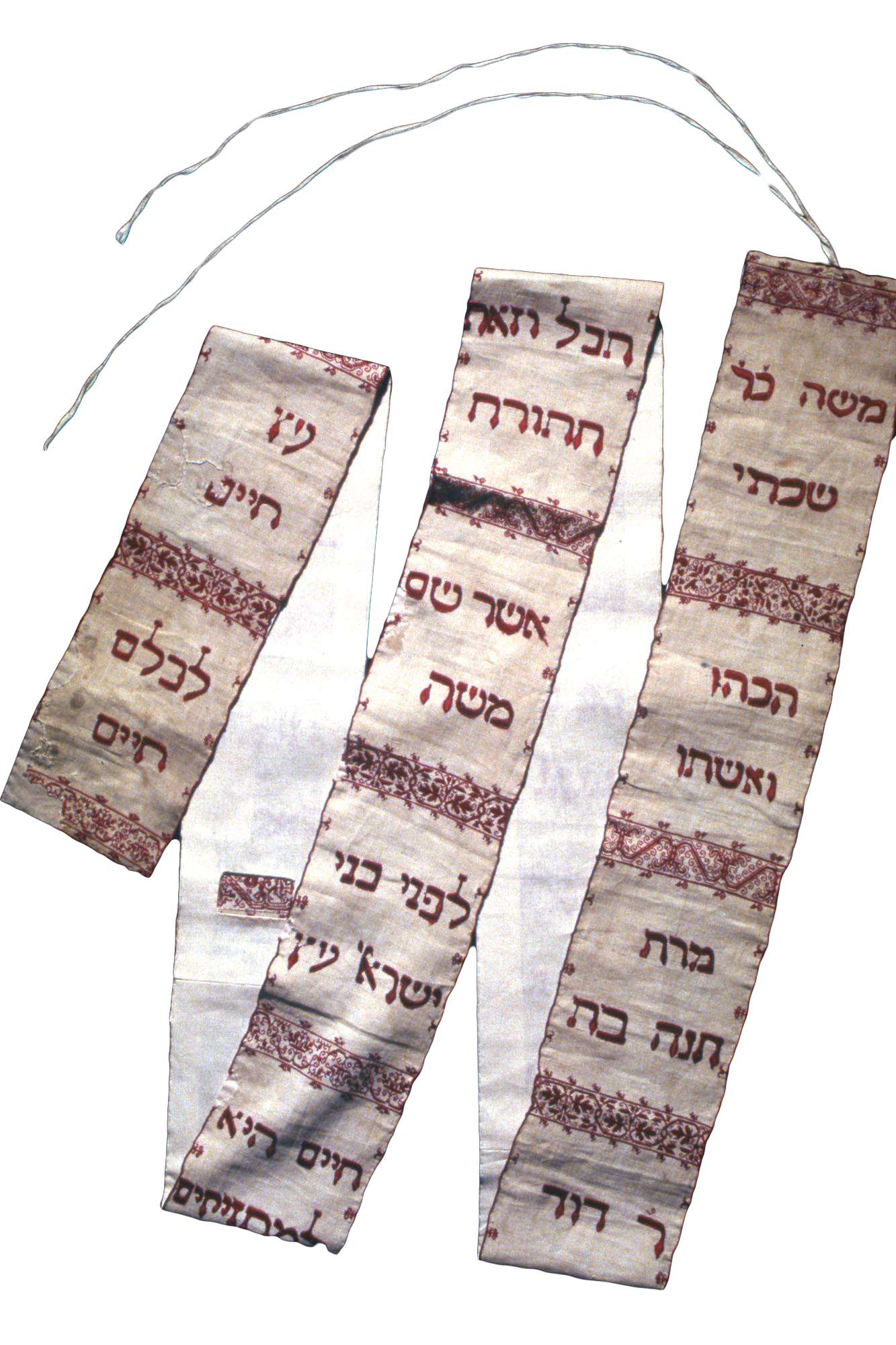
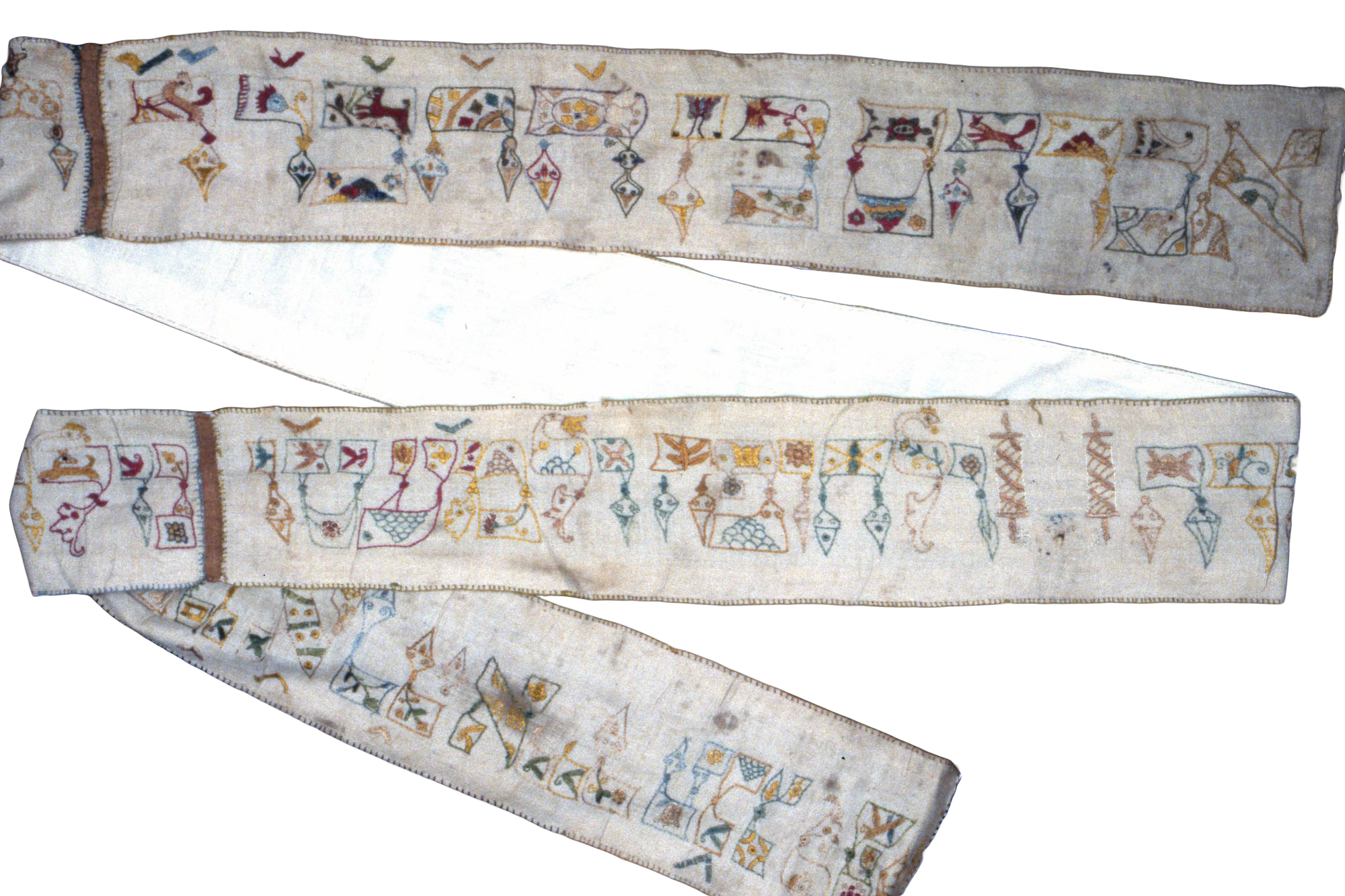

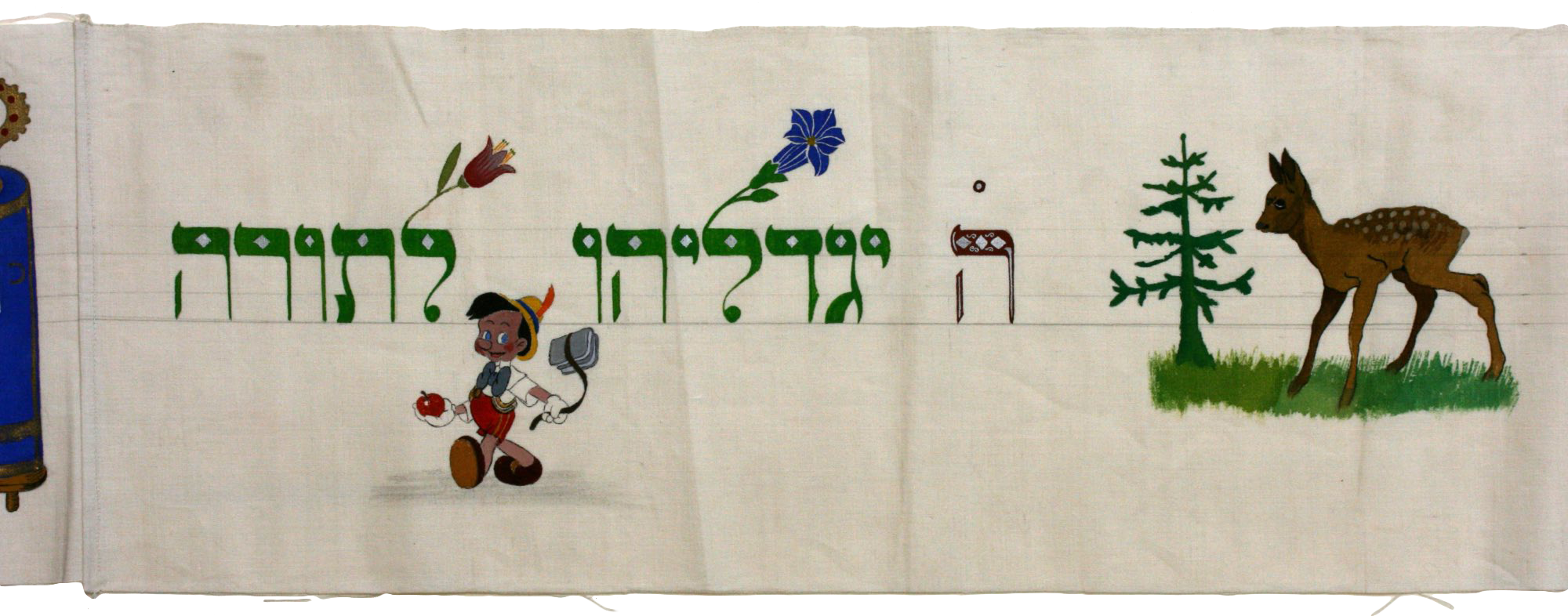
Povijany na Tóru jsou ovlivněné místními tradicemi. V německých komunitách bývá povijan nazýván wimpel, a je vytvořen z látky použité při obřízce. V jiných komunitách se povijan tvoří z jiných materiálů a nazývá se mapa, avnet nebo faša. V romaniotských komunitách jsou povijany/pláštíky čtvercové se závěsnými očky při horním okraji a zakrývají pouzdro na Tóru. Tyto textilie stejně jako pokrývky na čtecí pultík se v romaniotských komunitách v Řecku nazývají “mapa”. V sefardské rabínské literatuře jsou povijany a pláštíky souhrnně označovány jako “mapa”, což komplikuje rozlišování jednotlivých typů textilií.
“Birth Certificates in Cloth: Ritual Textiles for the Jewish Life Cycle”, by the Magnes Collection of Jewish Art and Life.
Doleželová, Jana. “Torah Binders from Four Centuries at the State Jewish Museum in Prague.” Judaica Bohemiae, vol. IX, no. 2, 1973, pp. 55-71.
Doleželová, Jana. “Binders and Festive Covers from the Collections of the State Jewish Museum in Prague: New Knowledge and their Wider Significance.” Judaica Bohemiae, vol. X, no. 2, 1974, pp. 91-104.
Eis, Ruth. Torah Binders of the Judah Magnes Museum. Berkeley: Judah L. Magnes Museum, 1979.
Feuchtwanger, Naomi. “The Danish Torah Binders.” Jewish Art in Denmark: Jews in Danish Art, edited by Mirjam Gelfer Jørgensen, Copenhagen: Rhodos, 1999, pp. 362-411.
Hamburger, Binyomin Shlomo. Shorashei Minhag Ashkenaz [Minhag Ashkenaz: Sources and Roots]. B’nai Brak: Machon Moreshes Ashkenaz, the Institute for German-Jewish Heritage, 2000), pp. 322- 604.
Kirshenblatt-Gimblett, Barbara. “The Cut That Binds: The Western Ashkenazic Torah Binder as Nexus between Circumcision and Torah.” Celebration: Studies in Festivity and Ritual, edited by Victor W. Turner, Washington, D.C.: Smithsonian Institution Press, 1982, pp. 136-46.
Pierret, Philippe. “Les Mappoth de la Communauté juive d’Arlon: Un Patrimoine Textile Méconnu.” Les Cahiers de la Mémoire Contemporaine. Bijdragen tot de Eigentijdse Herinnering, vol. 5, 2004, pp. 133-50.
Veselská, Dana, editor. May God Let Him Grow. A Child’s Birth in the Culture and Customs of Bohemian and Moravian Jews. Prague: Jewish Museum in Prague, 2009.
Weber, Annette, et al., editors. Mappot … blessed be who comes: The Band of Jewish Tradition. Mappot … Gesegnet, der da kommt: Das Band Jüdischer Tradition. Munich: Prähistorische Staatssammlung München, 1997.
Weyl, Robert, and Freddy Raphaël, “Les Mappot d’Alsace.” Ethnologie française, vol. 11, no. 3, July-September 1981, pp. 233-238.
Yaniv, Bracha. “The Torah Wrapper and the Torah Binder.” Ceremonial Synagogue Textiles: From Ashkenazi, Sephardi, and Italian Communities, Liverpool: Liverpool University Press, 2019, pp. 85-126.
Zvolte jazyk